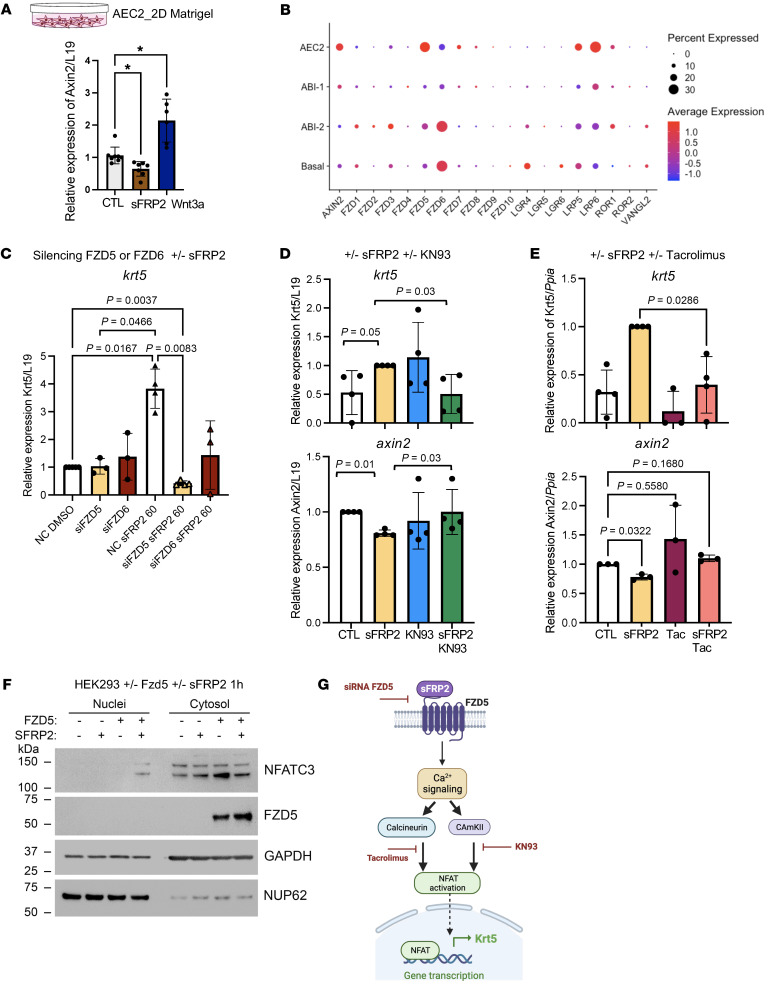Figure 6. sFRP2 acts on AEC2s through the Fzd5 receptor to promote noncanonical Wnt signaling.
(A) axin2 gene expression in AEC2s cultured for 48 hours with sFRP2 (60 ng/ml) or Wnt3a (100 ng/ml). n = 4–6 biological replicates. *P < 0.05 (B) Dot plot of Frizzled receptors and related coreceptors from selected epithelial cells from donor, control biopsy, and ILD explant samples. (C) krt5 mRNA levels expressed in AEC2s were measured after silencing the expression of fzd5 or fzd6. The silenced fzd5 and silenced fzd6 AEC2 cells were subsequently treated with 60 ng/ml of sFRP2 for 48 hours. n = 3 independent biological replicates. (D) Levels of expression of krt5 and axin2 mRNA were measured in AEC2 cells treated with CaMKII inhibitor KN93 (1 μg/ml–1) with or without sFRP2 (60 ng/ml) for 48 hours. (E) Levels of expression of krt5 and axin2 mRNA were measured in AEC2 cells treated with tacrolimus (1 μM) with or without sFRP2 (60 ng/ml) for 48 hours. (F) Western blot indicating the presence of NFATC3 in nuclei extract from HEK293 cells transfected with FZD5 plasmid followed by treatment with sFRP2 (30 ng/ml) for 1 hour. n = 3 biological replicates. (G) Schematic of the sFRP2-FZD5 signaling pathway promoting the expression of KRT5 in AECs. Created with BioRender. Statistical significance was determined by Kruskal-Wallis (A), Tukey’s test (C), or Dunnett’s test (axin2 in E) and Mann–Whitney t test (D, krt5 in E).

